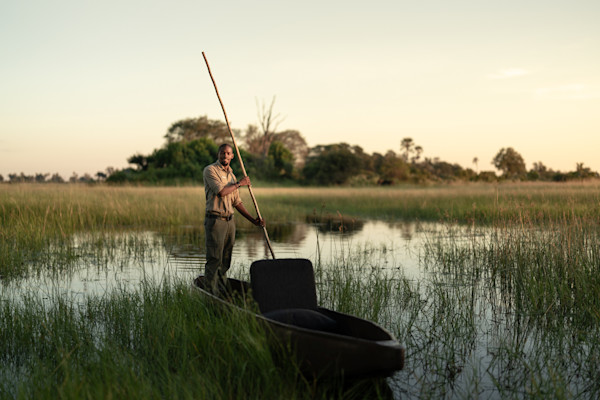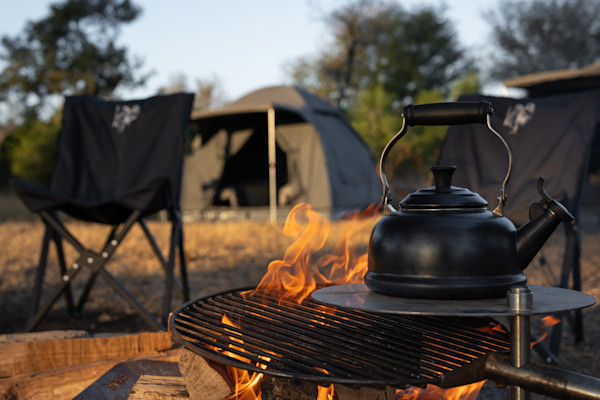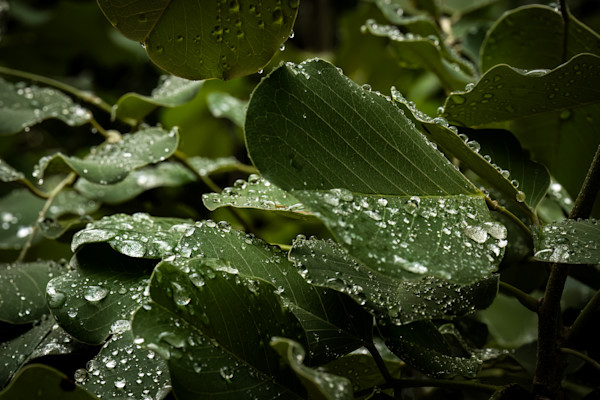
March 2023
Experience
Lodges and Camps
Guest writer: Alexander Matthews explores the magic of Singita Kruger National Park on foot
in ExperienceShare:
Guest writer: Alexander Matthews explores the magic of Singita Kruger National Park on foot
Alexander Matthews has written about travel, conservation and food over the last decade for both South African and international publications. Here he shares his experience walking in the wilderness at Singita Kruger National Park.
Of all the safari destinations I’ve been lucky enough to visit, Singita Sweni Lodge, perched on the banks of the Sweni River in the Kruger National Park, is among my favourites. Life unfolds here with a sumptuously slower rhythm – something you discover as you wallow in the infinity pool watching hippos in the muddy waters below you, or as a fish eagle serenades you with its melancholy call.
Of all the safari destinations I’ve been lucky enough to visit, Singita Sweni Lodge, perched on the banks of the Sweni River in the Kruger National Park, is among my favourites. Life unfolds here with a sumptuously slower rhythm – something you discover as you wallow in the infinity pool watching hippos in the muddy waters below you, or as a fish eagle serenades you with its melancholy call.
Sweni’s expansive windows frame views of both the bush and river, allowing light and birdsong to flood inside. The interiors are imbued with an African modernism that hints at Pancho Guedes’s mid-century Mozambican masterpieces. Minimalist furniture and geometric accents are combined with a lush contrasting textures: wood and clay, fabric and metal. Rounding it off are gem-inspired pops of colour, timeworn artefacts and plants. The effect is warm and embracing – exquisite without being overbearing.
This is the kind of place you arrive at and don’t want to leave. But to stay ensconced in your suite, no matter how serene, would be a pity – because the private Singita Kruger National Park concession that surrounds the lodge is one of the most beautiful places on earth, home to rippling mountain ridges, languorously flowing rivers, and seemingly endless plains. While game drives will give you a good overview of this 33,000-acre patch of paradise (to which Singita’s vehicles have exclusive traversing rights), the best way of unlocking its magic is to hop off the vehicle and head out on foot.
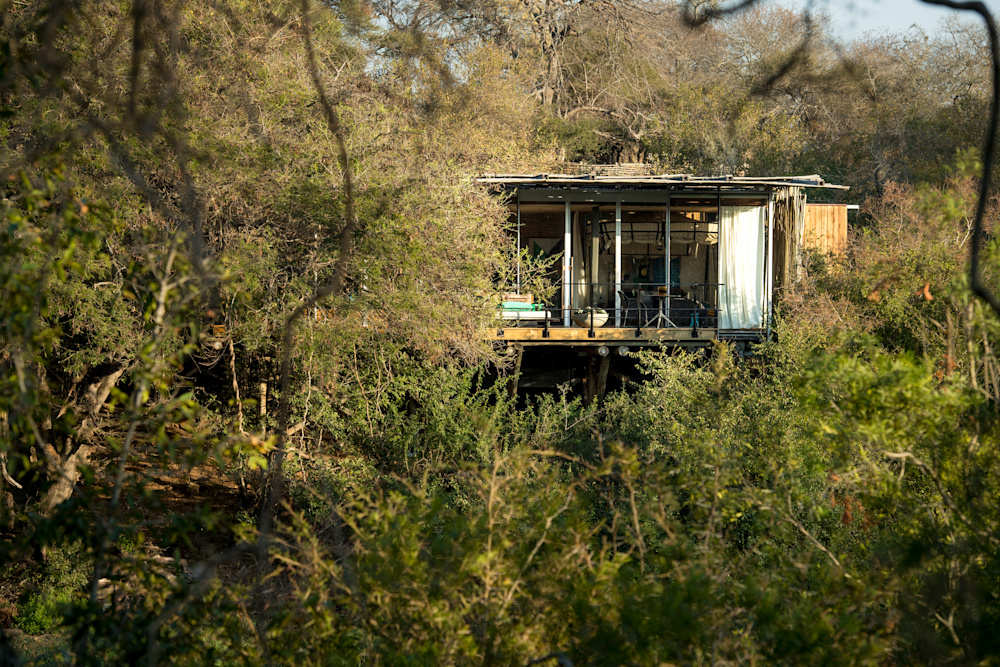
Singita Sweni Lodge offers an immersive experience of the unique Kruger National Park landscape, overlooking the river and surrounded by trees
Immersion in the elements
Walking in the wild is very different to being on a drive. You become a part of the environment rather than a passive observer of it. To stay safe, the bush has to be decoded in real-time �– by taking note of the sounds, sights and smells of possible danger. A bush walk is not about box-ticking the Big Five: it’s about becoming immersed in a landscape’s ecology and gaining an appreciation for the wealth of indigenous knowledge held by the cultures who have lived here for centuries. The quieter and slower pace of being on foot enables you to explore, inquire, investigate – using your senses more powerfully.
Another perk is that you’re able to get to places that are impassable for a vehicle. A perfect example of sublimely impenetrable terrain (to Land Cruisers, at least) are the dramatic ridges of the Lebombo mountain range in the eastern part of the property. One morning during a recent visit to Sweni, we went strolling among this landscape, whose undulations feature smooth, spherical boulders balancing precariously on top of each other like avant garde artworks.
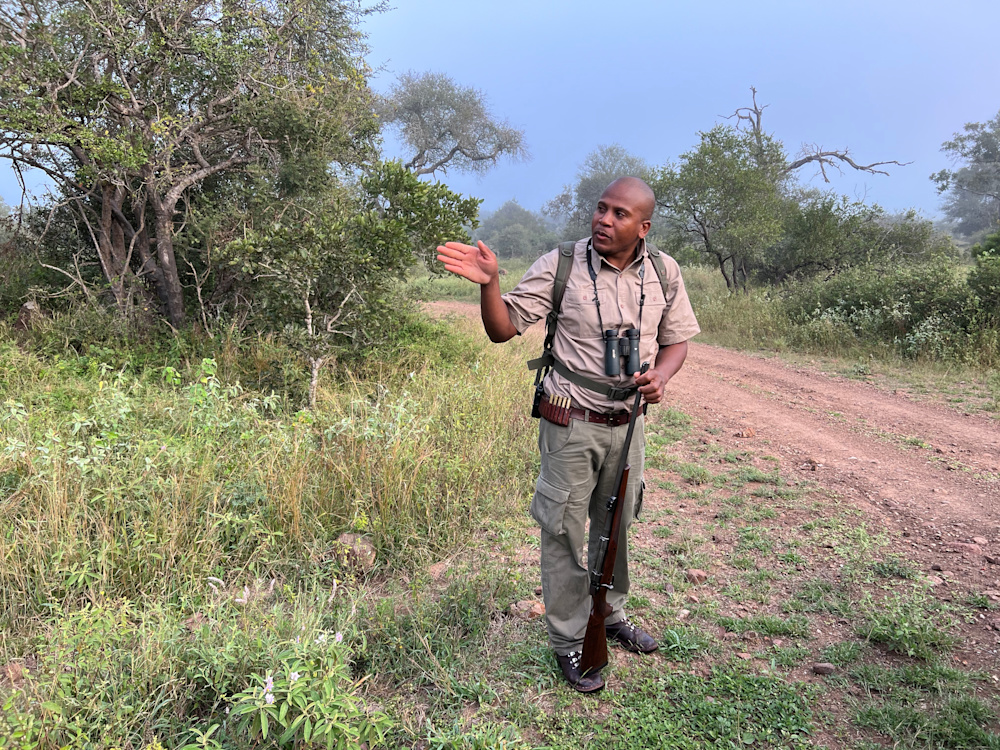
Alex was accompanied by Field Guide Evidence Nkuna, whose intimate knowledge of the area and terrain made the walk all the richer
Rifle in hand, our knowledgeable guide Evidence Nkuna (who grew up on the edge of Kruger) pointed out a host of things we would’ve missed had we remained in the vehicle. This included the sweet-smelling coconut sage, the dainty blue commelina flower (which has a liquid inside that can be used as eye drops) and the bracket fungi which – because it is slow and steady burning – can be used to transfer fire from one set of embers to another. We spotted a muddy elephant track; I placed my foot in it, freshly awed at their gargantuan size. Evidence recalled how his ancestors used to hide biltong in the long-tailed cassia tree (“mulumanyama”) because the drying meat looked eerily similar to the tree’s drooping pods. Chewing its bark, he tells us soothes an upset stomach.
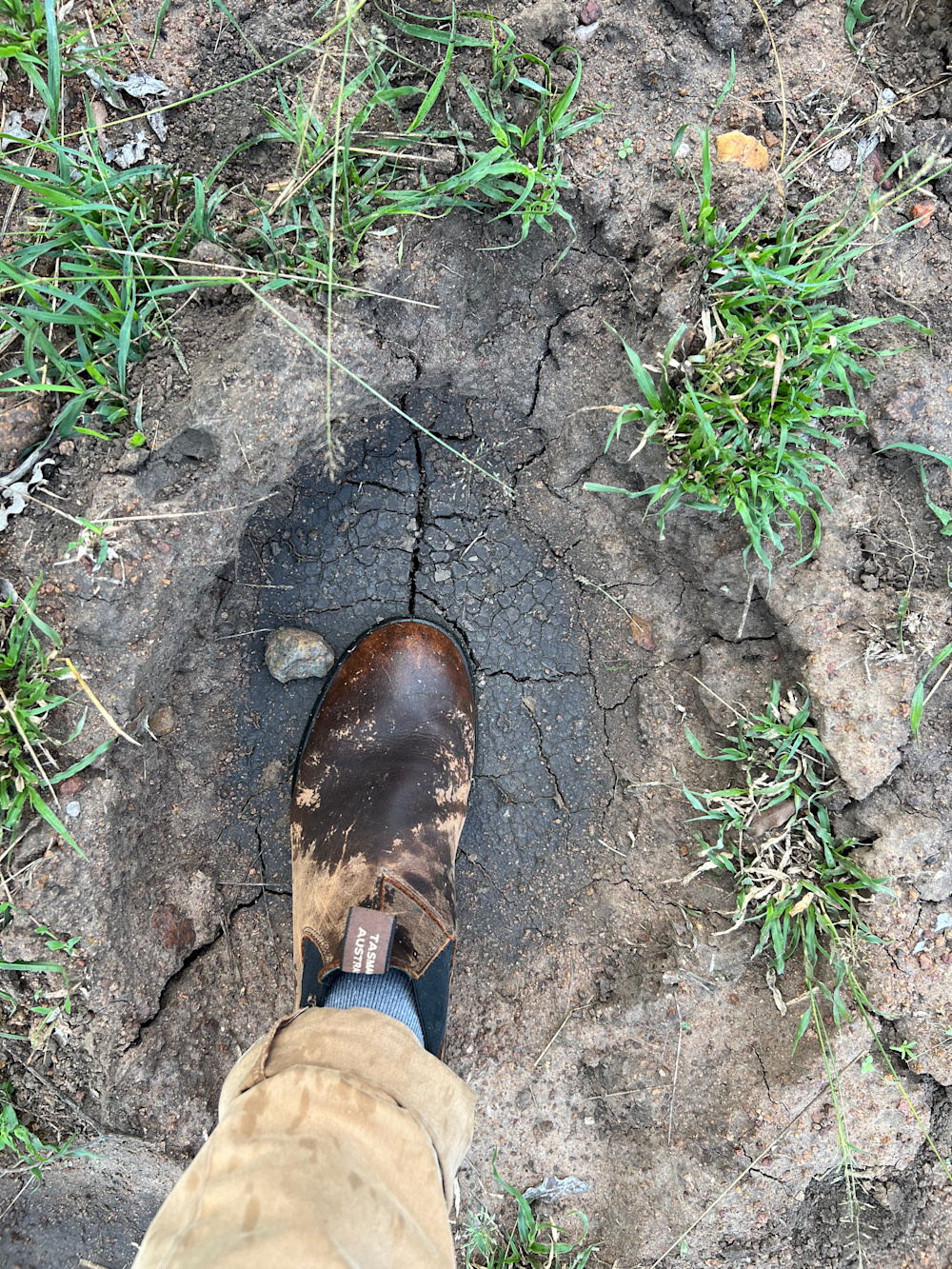
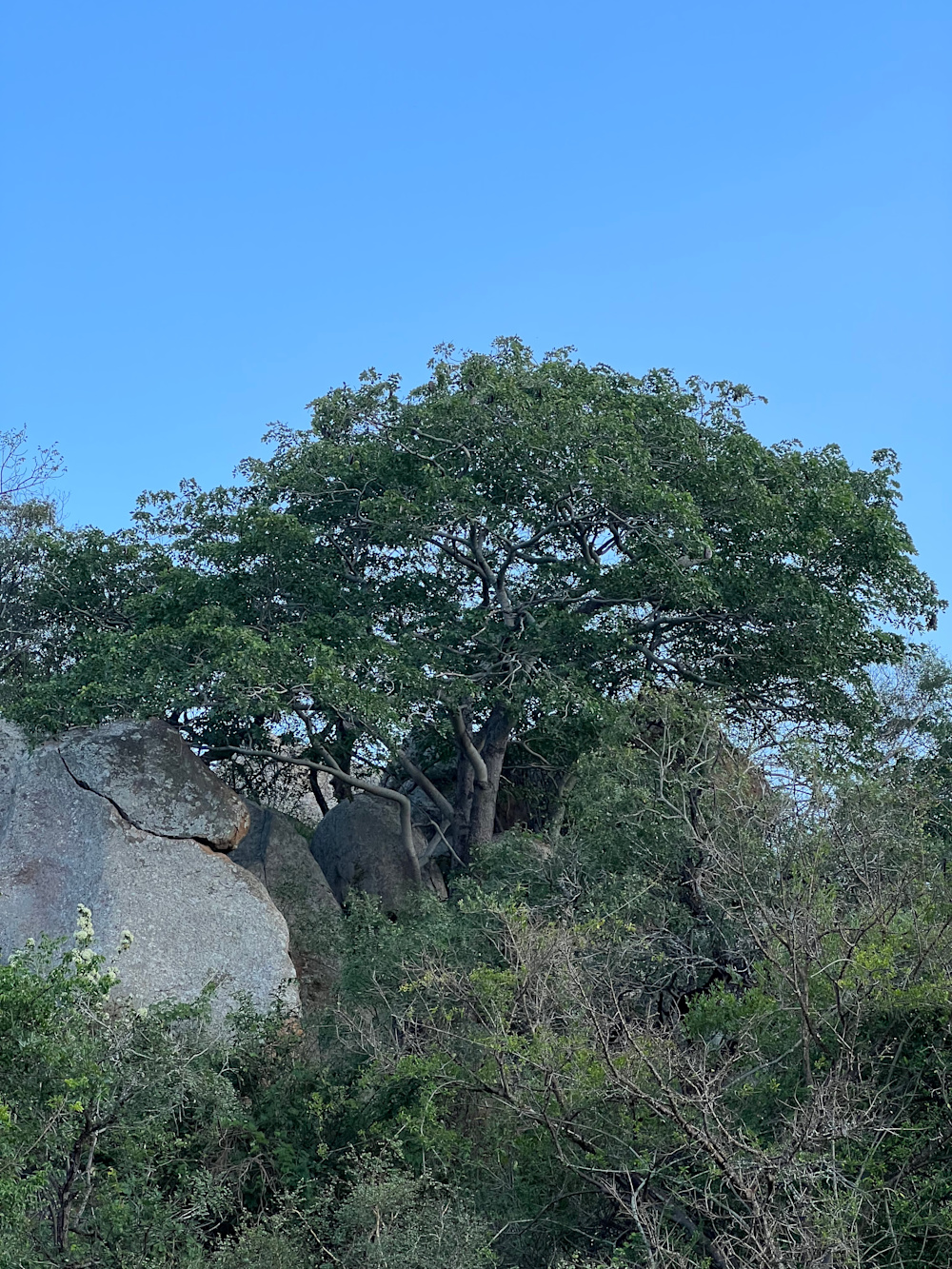
Experiencing the bush up close and at a slower pace allows you to see things in greater detail and learn so much more
Up close and personal
Our ramble along the ridges meant I could get up close and personal with two of my favourite Lowveld trees – the mountain mahogany and the pod mahogany – as well as the quirky Lebombo euphorbia.
Slowly and carefully, we made our way down to the N’wanetsi River, monitored by a fish eagle on the opposite bank. Daniel, our tracker, spotted lion spoor once we’d descended and it wasn’t too long before we saw two young males about 50 metres away. For over 10 minutes, we watched the brothers dozing under a tree before continuing onwards to the vehicle. It was an exhilarating conclusion to our magical mountain walk.
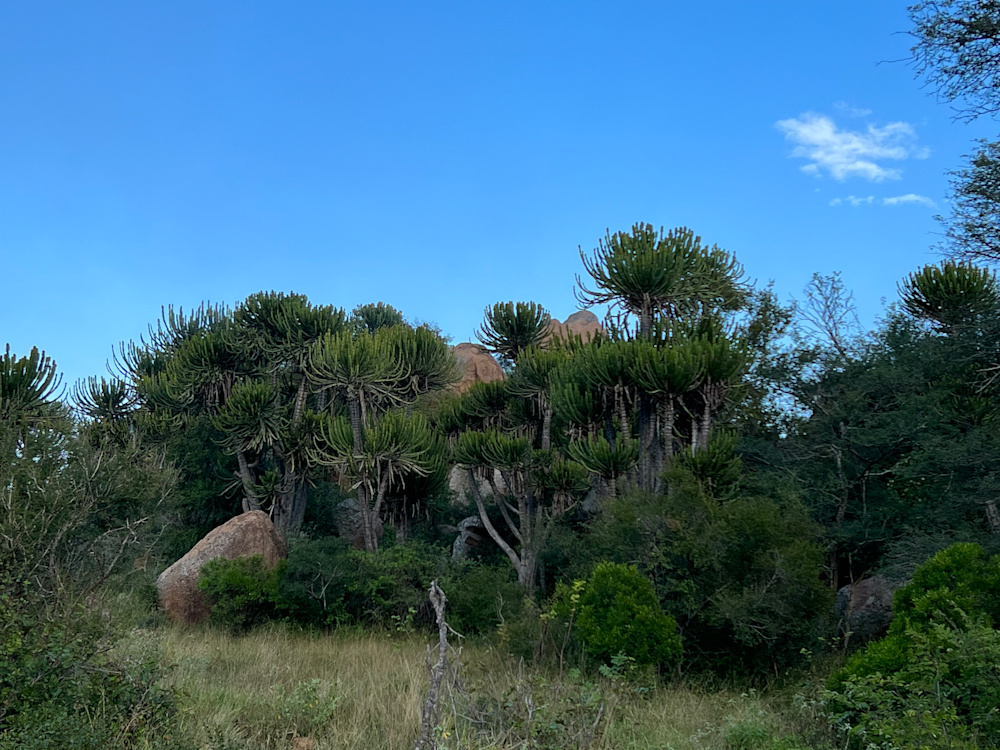
A highlight for Alex was being surrounded by some of his favourite species – from the iconic euphorbia and mahogany trees to the lions Singita Kruger National Park is known for
Explore the wilderness with us
To plan your very own South African adventure – on foot or in a safari vehicle – get in touch to find out more from our Journey Designers, including promotions across our Kruger National Park and Sabi Sand lodges – the best way to experience both unique destinations.

By Julia Freemantle
Author
